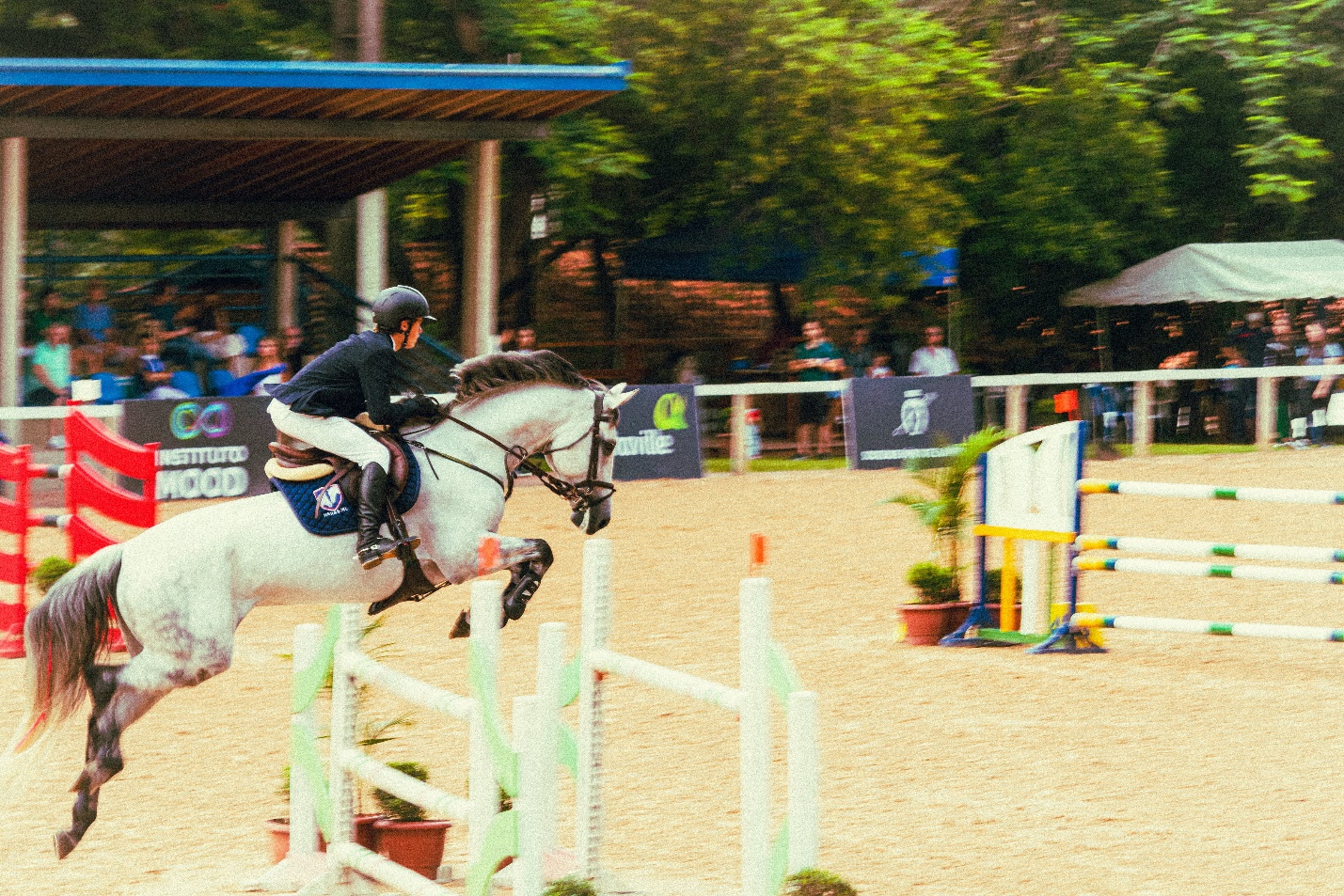
We are still exploring the new ways that data science can help us understand and perform everyday tasks better. When we talk about data science, most people usually think of finance, Wall Street companies, tech companies, but horse locomotion.
Yep, you’ve read that right. It turns out that the equine world relies on data more than we can imagine.
Data science can help us better understand horse movements, and therefore predict or find any anomalies that can cause injuries.
That’s why we are interested to find out how data science can be used in horse locomotion.
Let’s find out.
Data and Horse Movement
First off, let’s tackle the basics. Horses move in some pretty interesting ways – walk, trot, canter, and gallop. Each gait has its own unique pattern or “beat.”
But here’s where it gets fun for data scientists: analyzing these gaits can reveal a ton about a horse’s health, efficiency, and potential for speed.
So, how do we use data science here? Motion sensors, video analysis, and a heap of machine learning can help accurately predict the 2024 Kentucky Derby live odds.
Why Should We Care?
For starters, the well-being of the horse. But it’s not just about keeping Mr. Ed happy; it’s big business. From racing to dressage, understanding and optimizing horse movement can lead to better training methods, injury prevention, and, yes, even faster race times.
Data science is a big thing in the horse racing industry, where trainers constantly measure all kinds of data points and deploy certain strategies when training a horse. Genetics plays a vital role, but training is where you can get the most out of a horse.
Who wouldn’t want to use data science to find the next Secretariat?
Data Collection
Gathering data on horse locomotion is like herding cats if the cats weighed half a ton and could run at 40 mph. It’s tricky, but thanks to technology, not impossible.
Wearable sensors, high-speed cameras, and even drones are part of the modern data wrangler’s toolkit. These gadgets collect a treasure trove of information on every aspect of movement, from stride length to joint angles.
Still, did you think collecting the data was the hard part? Think again. The real challenge lies in making sense of this equine data avalanche.
This is where data science strides in, with its algorithms and models that can analyze patterns and predict outcomes. Machine learning models are particularly nifty here, learning from vast datasets to identify the optimal conditions for a horse’s performance.
Patterns and Predictions
With the data in hand, scientists can start to uncover patterns in horse movement that were previously as mysterious as the dark side of the moon.
For instance, did you know that minor variations in a horse’s gait can predict the risk of injury months before it happens? Or that analyzing the symmetry of movement can reveal the early stages of conditions like laminitis?
Now, let’s talk algorithms. Not all models are created equal, especially when it comes to the complex dynamics of horse locomotion.
Researchers are constantly refining their approaches, using techniques from deep learning to genetic algorithms. The goal? To create a model that’s as elegant and efficient as a thoroughbred at full stretch.
Real-world Applications
Sure, the racetrack is where the money is, but the applications of this research go far beyond. From improving the welfare of working horses in developing countries to enhancing breeding programs, the potential is as vast as the open plains.
Consider dressage, the art of horse ballet. Data science can analyze every pirouette and piaffe, providing feedback that’s more precise than even the most experienced human eye. This means better training, happier horses, and higher scores. It’s like “Dancing with the Stars,” but with more tail swishing.
The Future
As we gaze into the crystal ball (or, more accurately, our computer screens), the future of horse locomotion analysis looks bright.
With advancements in sensor technology and AI, we’re just scratching the surface of what’s possible. Personalized training programs, early detection of health issues, and even virtual reality horse simulators could be on the horizon.
Final Words
Data science actually makes a lot of sense in horse locomotion. It is a tool that can help us understand horse movement better and its implications on the horse’s health.
There are already companies that track horse’s movement and can predict when a horse is vulnerable to injuries. This can be a massive help for the equine industry, particularly horse racing.
So, the main purpose of data science is to understand our equine friends better. If we know them better by analyzing patterns, horses might live a better life. From preventing injuries to specific training regimes, data science can boost our connection with these magnificent creatures.
